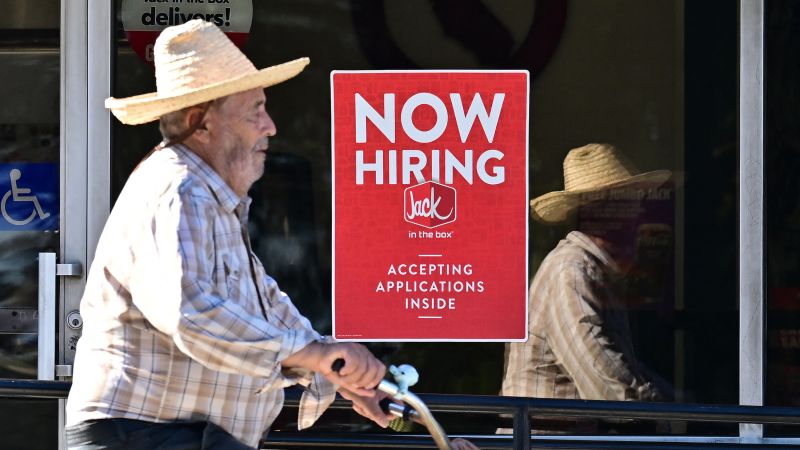September’s jobs report is expected to show a slight slowdown in the US labor market but remains stable, which could have positive implications for the overall economy and the Federal Reserve. The next two reports will play a crucial role in shaping the Fed’s policy decisions in November. October’s report is scheduled to be released just days before the presidential election and may be impacted by disruptions such as a hurricane, strikes at Boeing and US ports, potentially leading to a decline in employment.
The labor market has been gradually cooling off following the pandemic and higher interest rates. While July’s report and subsequent annual data revisions raised concerns about a potential crash in the labor market, August’s report showed positive signs with better-than-expected payroll gains and a lower unemployment rate. Economists project that the US added 140,000 jobs in September with the unemployment rate remaining steady at 4.2%, indicating a strong labor market compared to a few months ago.
Economists have highlighted firm underlying fundamentals in the labor market, including high employment-to-population ratios, labor force participation rates, and low levels of layoffs. While there has been a slight increase in job cut announcements and unemployment benefit claims over the past year, the labor market remains relatively steady. However, a drop in interest rates could impact employer costs and consumer spending, potentially leading to more demand for workers in consumer-facing sectors.
The latest Job Openings and Labor Turnover Survey revealed a mixed outlook for the labor market, with higher job openings but sluggish hiring activity. The quits rate was the lowest since 2015, indicating a certain level of stasis in the market. Wells Fargo economists noted that while layoffs and discharges remain historically low, maintaining this level is crucial to avoid a slowdown in net hiring amid weaker demand for workers.
Monetary policy adjustments, such as rate cuts, could help stimulate the labor market, but it may take some time for these changes to have an impact. The Fed’s recent half-point cut will need time to work through the system and reach businesses. More rate cuts are expected later this year, depending on the health of the labor market, which may be affected by ongoing strikes and the aftermath of Hurricane Helene. Fed officials will need to navigate through these challenges to make informed decisions about interest rates.
Overall, the labor market’s stability and potential challenges from external factors such as strikes and natural disasters could impact the Fed’s decisions and the broader economy. While the fundamentals remain strong, uncertainties related to potential disruptions could pose risks to the labor market and economy. Fed officials will need to closely monitor the situation and consider various factors before making any further rate adjustments.













